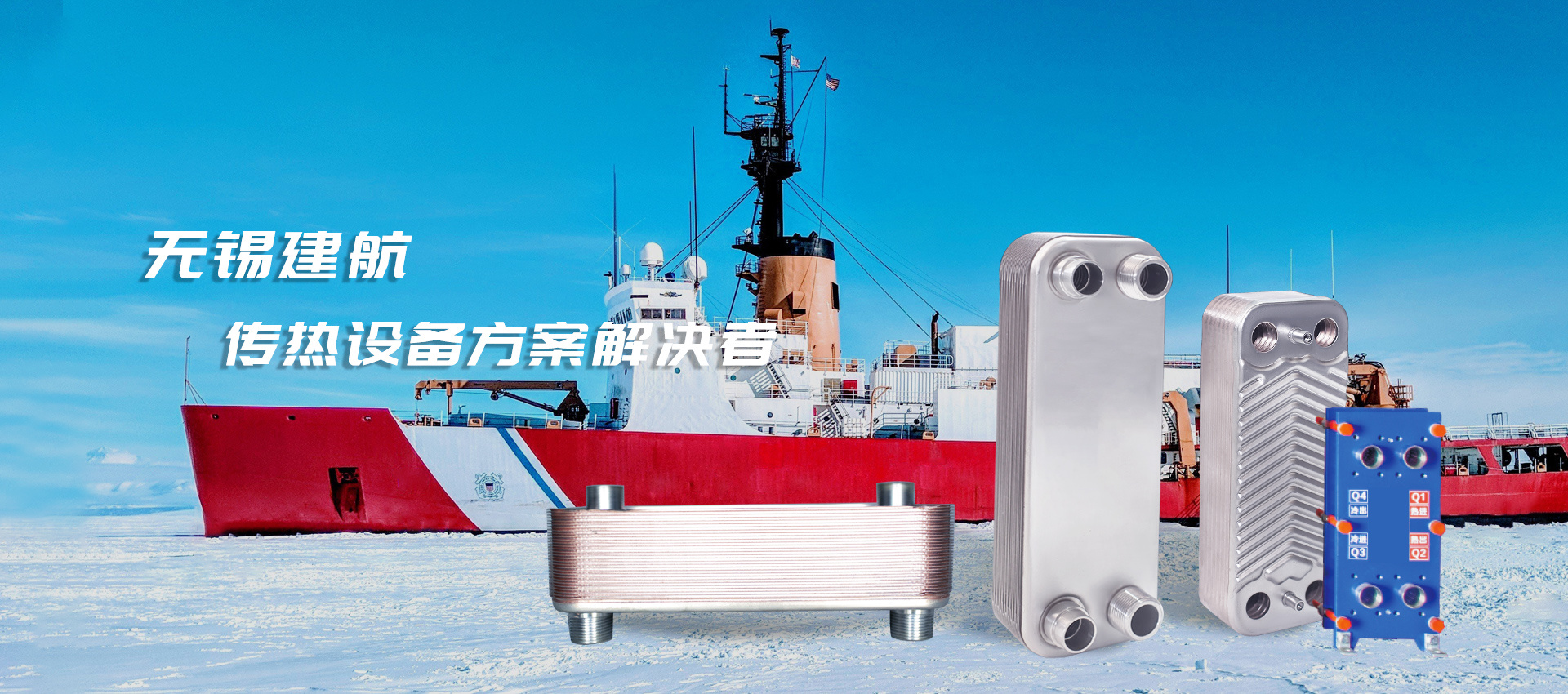The importance of plate heat exchangers in heat exchange equipment
Publication Time:
30 Mar,2023
Plate heat exchanger It is a highly efficient heat exchange device with a wide range of applications and plays an important role in industrial production. Its function is to transfer toxic and harmful heat from one substance to another, thereby increasing the temperature of the other substance.

The structure of a plate heat exchanger consists of a series of plate heat exchange units. One plate serves as the inlet for the flowing medium, another as the outlet, and the intermediate plates facilitate heat exchange. A gap exists between each plate to ensure efficient heat transfer.
The advantages of plate heat exchangers are: simple structure, good heat exchange efficiency, long service life; relatively stable structure, high pressure resistance,不易变形, and suitability for high-temperature industrial applications.
Furthermore, plate heat exchangers have a small footprint, are easy to install, require low investment, and are convenient for operation and maintenance, making them energy-efficient and environmentally friendly. They can save a lot of energy, reduce emissions, conserve resources, and contribute to energy conservation and emission reduction.
In summary, Plate heat exchanger It is a cost-effective heat exchange device with a wide range of applications, capable of saving energy, reducing investment, and minimizing pollution. It is a relatively ideal heat exchange device.
Plate heat exchangers are heat exchange devices composed of a series of metal plates and fluids, which perform heat exchange within the flowing fluids. Their numerous advantages give them a prominent position in industrial applications.
Plate heat exchangers have higher heat transfer efficiency than traditional tube heat exchangers, achieving higher heat transfer effects at lower temperature differences. For the same amount of heat transfer, plate heat exchangers require less space and save more energy.
Plate heat exchangers are robust, lightweight, easy to install, have a wide operating temperature range, long service life, and high reliability. Additionally, accessories can be added to enable overload, oil film protection, heater protection, thermal resistance, and thermal efficiency testing, meeting diverse operating conditions.
The surface treatment of plate heat exchangers can withstand various corrosive media, and their high surface polish effectively inhibits microbial growth. Therefore, plate heat exchangers can operate for extended periods in corrosive media, ensuring stability and reliability.
Plate heat exchangers are highly reliable, but malfunctions can still occur in certain situations. Compared to tube heat exchangers, plate heat exchangers are easier to maintain; damaged plates can be removed and replaced without removing the entire exchanger, resulting in lower replacement costs.
Plate heat exchangers are widely used in the chemical, pharmaceutical, food, automotive, petroleum, metallurgical, and power industries. In the petrochemical industry, in particular, plate heat exchangers can handle high temperatures and pressures and exhibit strong corrosion resistance to various oils, making them a primary choice for heat exchangers in the chemical industry.
In conclusion, plate heat exchangers offer advantages such as high heat transfer efficiency, good reliability, strong corrosion resistance, convenient maintenance, and wide applicability, securing their important position in industrial applications.
Plate heat exchangers, wholesale plate heat exchangers
More information




 09 May,2025
09 May,2025

